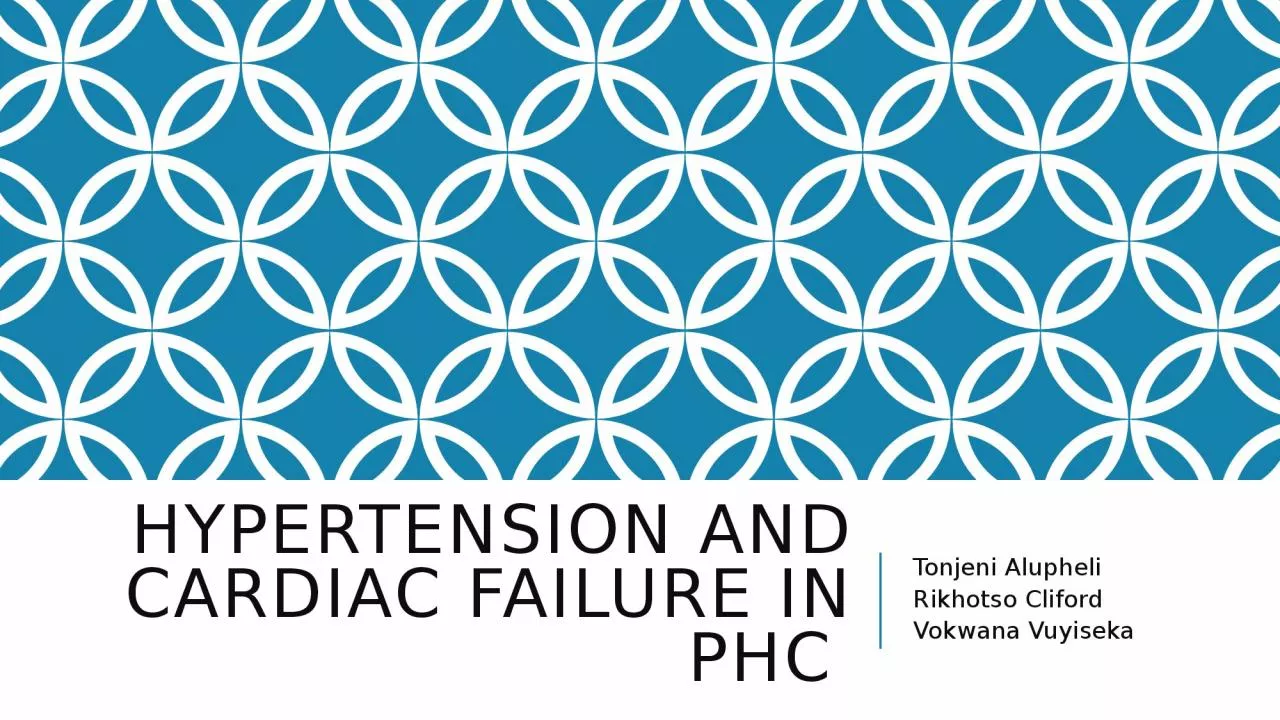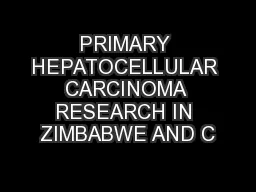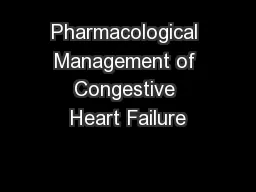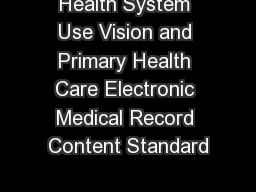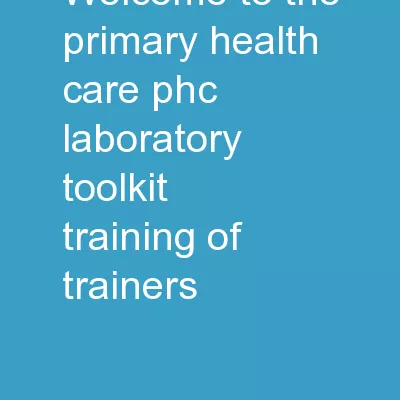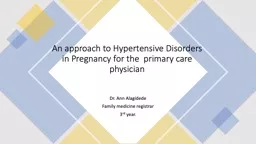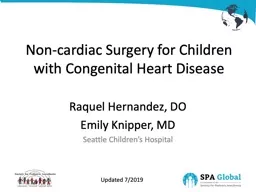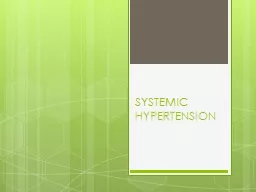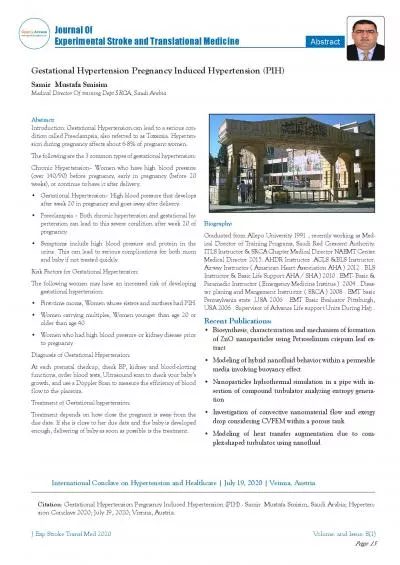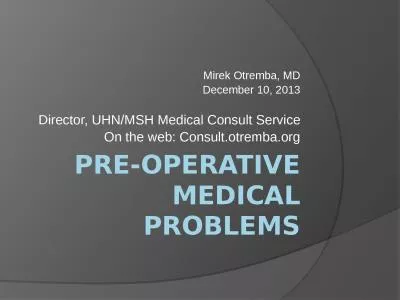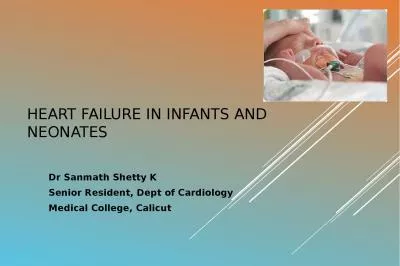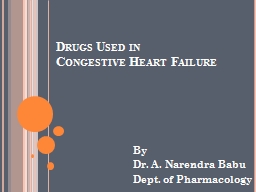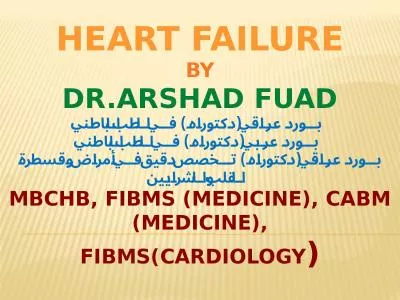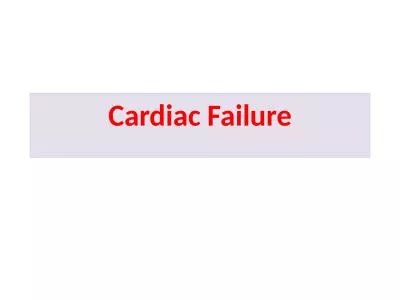PPT-Hypertension and cardiac failure IN PHC
Author : angelina | Published Date : 2023-11-20
Tonjeni Alupheli Rikhotso Cliford Vokwana Vuyiseka Definition Hypertension is in the simplest definition is a cardiovascular disease that occurs when there is
Presentation Embed Code
Download Presentation
Download Presentation The PPT/PDF document "Hypertension and cardiac failure IN PHC" is the property of its rightful owner. Permission is granted to download and print the materials on this website for personal, non-commercial use only, and to display it on your personal computer provided you do not modify the materials and that you retain all copyright notices contained in the materials. By downloading content from our website, you accept the terms of this agreement.
Hypertension and cardiac failure IN PHC: Transcript
Download Rules Of Document
"Hypertension and cardiac failure IN PHC"The content belongs to its owner. You may download and print it for personal use, without modification, and keep all copyright notices. By downloading, you agree to these terms.
Related Documents

